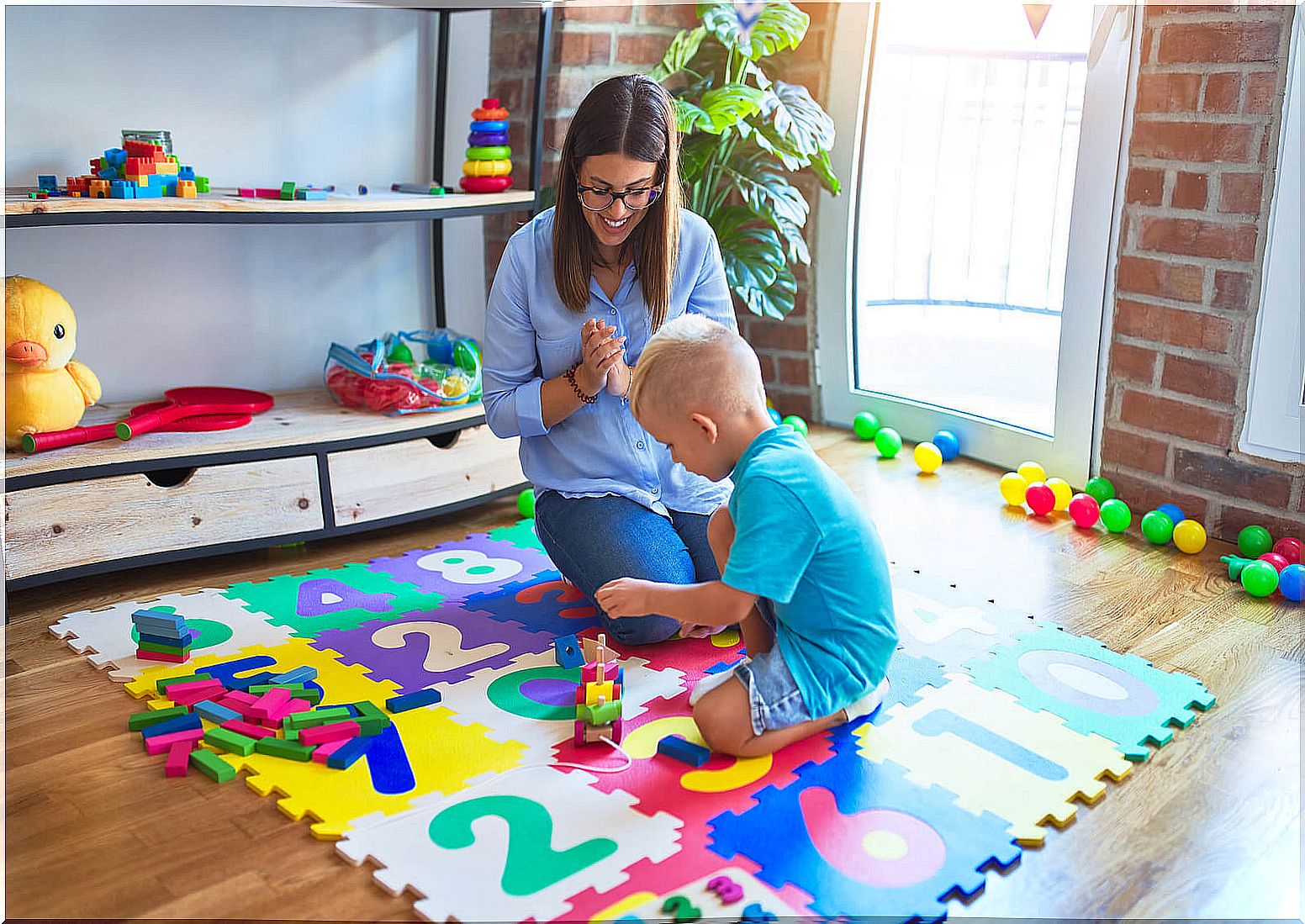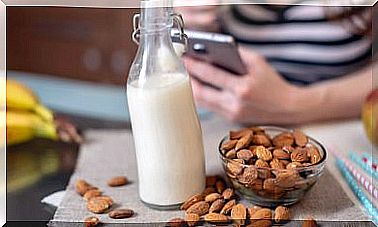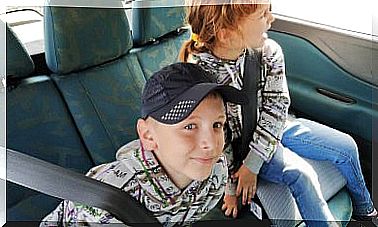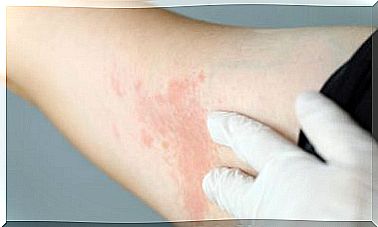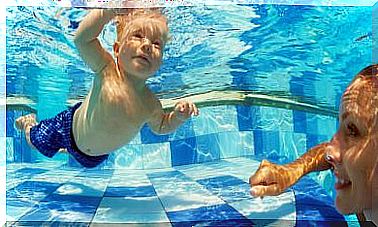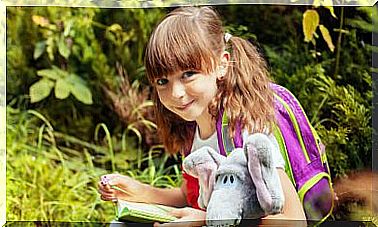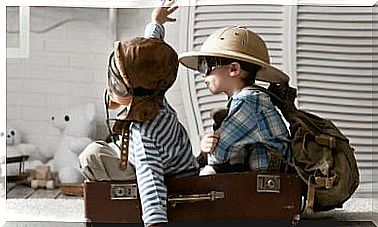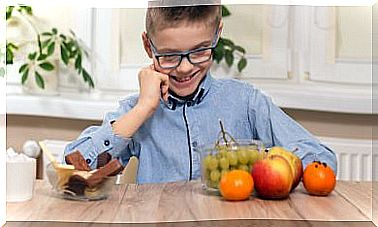Finger Painting Ideas
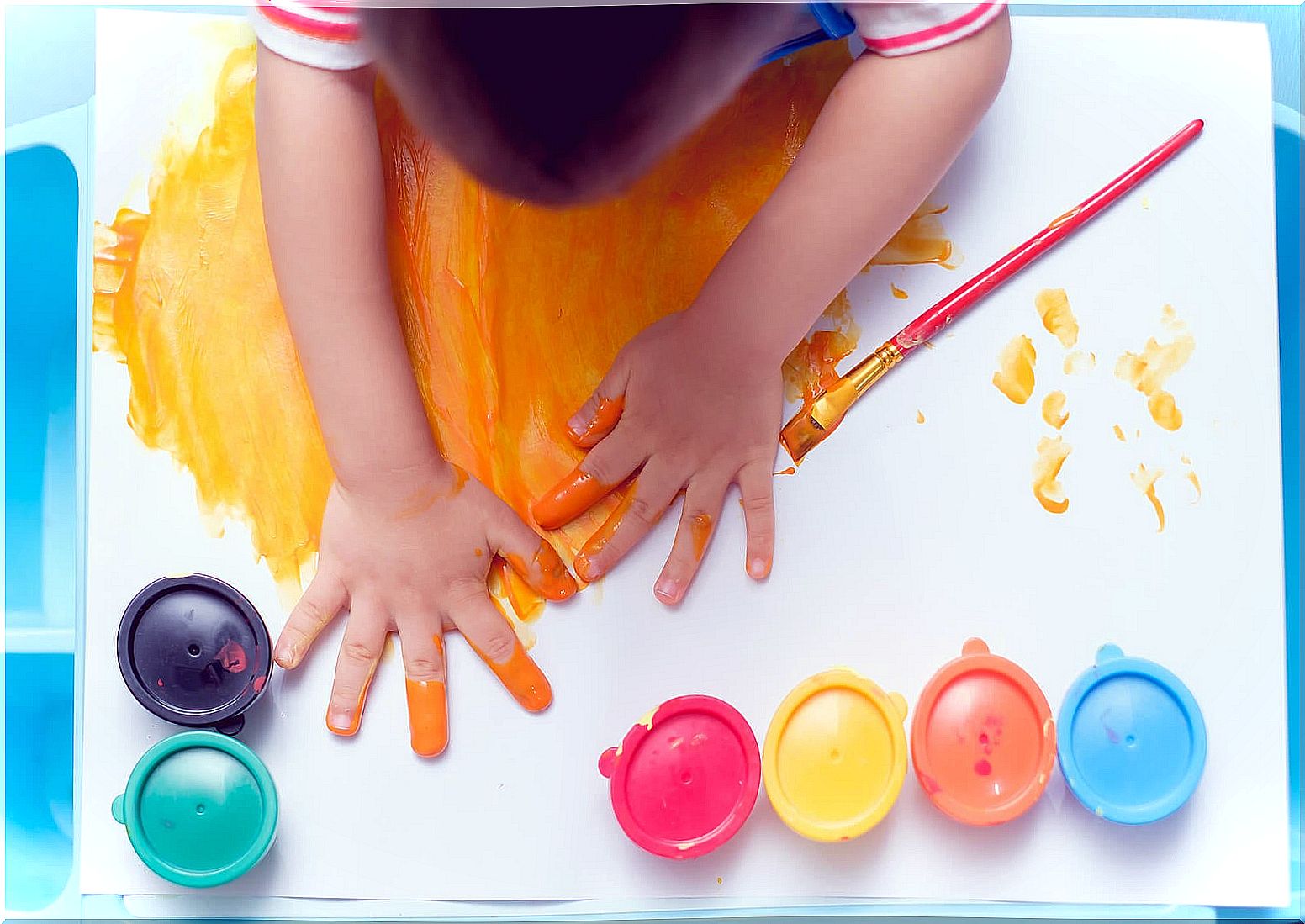
Finger painting has therapeutic effects for young children, as well as offering lots of fun and freedom. This type of painting is a wonderful way to enjoy chaotic play while building fine motor skills.
If you have children of preschool age or even older, you will realize how much you will enjoy together with these activities. The children have a great time and they get so excited! So do not miss these ideas that will be great for those rainy afternoons at home or simply for when you want to have a fun time with your family.
Finger painting ideas for preschoolers
There are many different ways to paint with your fingers. You just have to expose your children to different techniques, types of painting and painting methods. If you are lacking ideas or not sure how to get started, then read on, because you will find the inspiration you need.
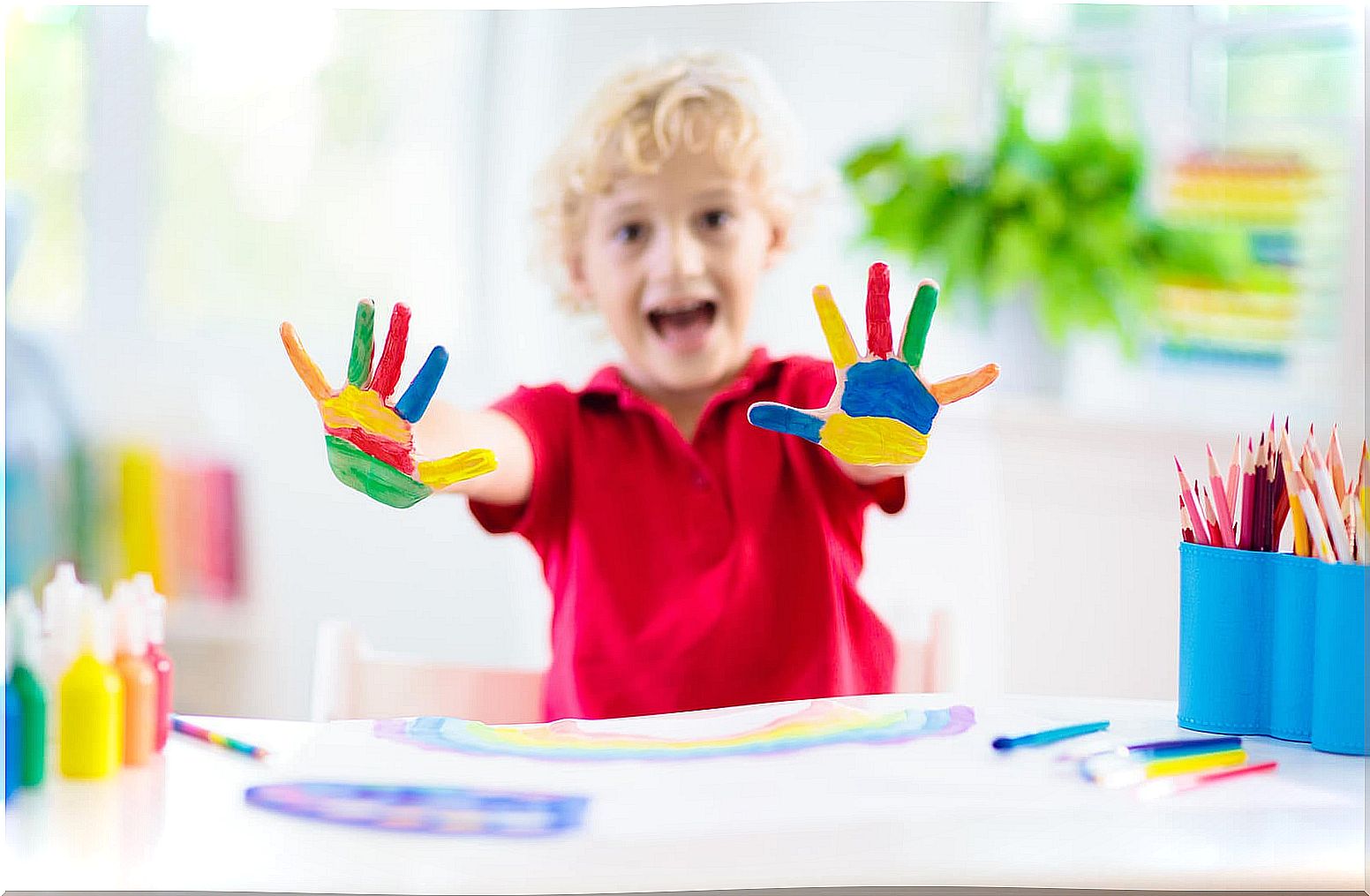
Finger painting techniques
Smaller artists can use their fingertips, palms, sides of hands, or even forearms and elbows to apply and move paint. Even the feet! Your kids can paint any pictures you want, letters, numbers and shapes. Whatever you want! You can also use all kinds of tools: combs, sponges, toothbrushes …
Finger painting methods
There are two common finger painting methods that you should know about.
- Cover a sheet of paper in the color of your choice. Mix two colors of paint on the paper to create a new color and use your fingers to draw an image through the paint on top of the paper, for example a heart or a flower.
- Dip your fingers in the paint cans of your choice. Use your fingers as if they were brushes to apply and draw with the paints.
Finger painting papers
Choose from a variety of paint surfaces and products when introducing your kids to finger painting. You can use thick papers or cardstock for a stable base. There is also paper made specifically for this purpose and that is more resistant and absorbent.
Try moistening the brighter side of the papers with a damp sponge for thicker finger paints. Thus, the paint can be distributed in a simpler way. Although you can also use cardboard for the same purpose and it will be simple and easy to use.
Finger paints
Finger paint is quite thick and often comes in the primary colors, which children can mix directly onto the paper to form secondary colors. You can also use tempera paint for finger painting. It is a little thinner, but you will have more color options.
When using finger paints with children, you have to make sure to choose non-toxic products. Also look for gluten- or egg-free paints to avoid allergies. It is important to keep this in mind so that no child feels left out of the activity.
Finger painting with water
To avoid too much chaos that you can’t control, especially for the little ones, let them finger paint with water. Keep a bowl of room temperature water handy to wet your fingers.
The water will work well on large sheets of black or dark brown construction paper. Also try clean, dark green or black chalkboards or chalkboards. Children watch finger designs until the water dries. Then they can start over!
Cleaning, drying and exposing finger paints
What happens after the paintings are finished and the activity is over? Consider the following options for cleaning so that everything looks good again. It is important that the little ones understand the importance of collecting and cleaning everything at the end of an activity.
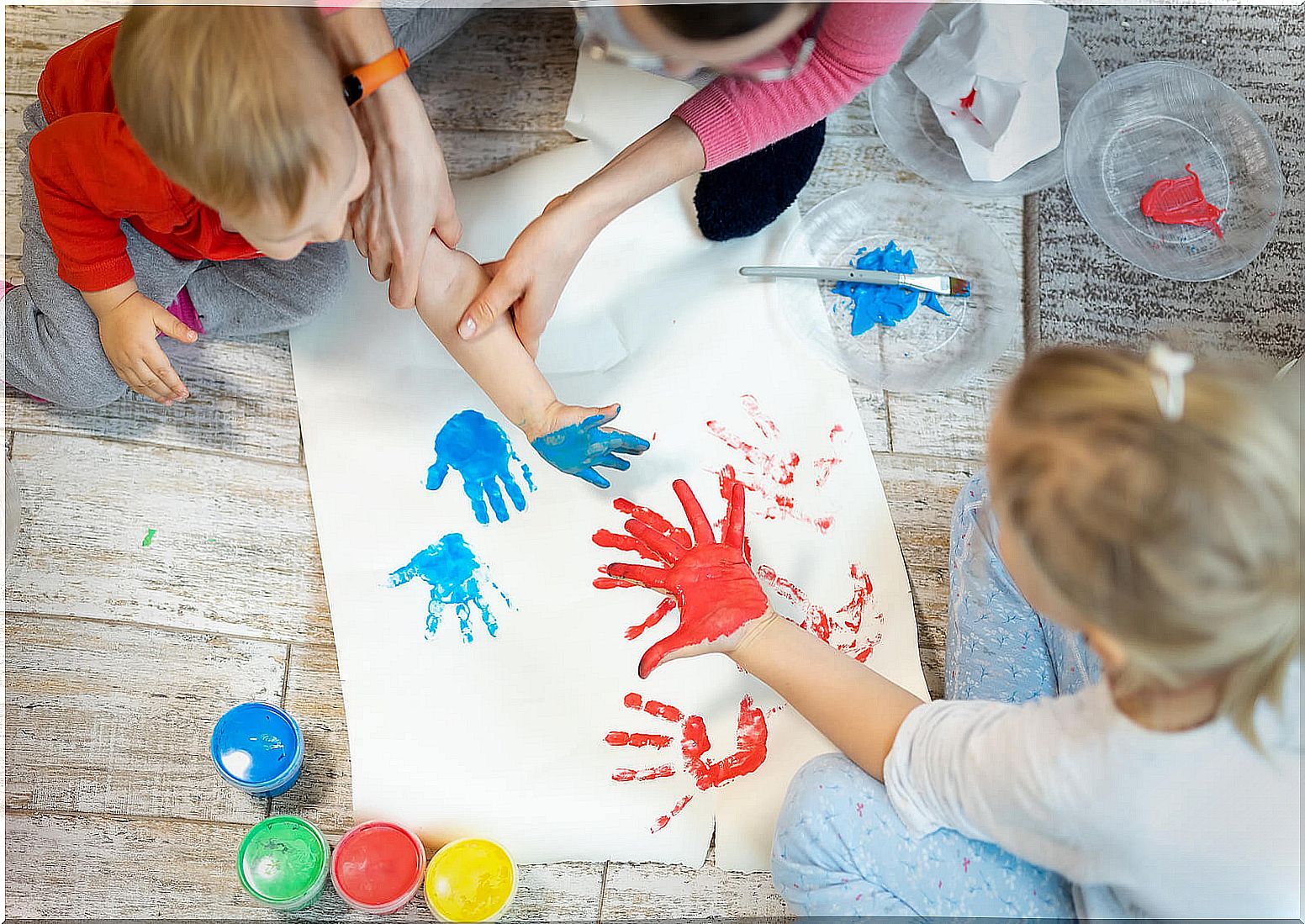
Clean up
Many purchased or homemade finger paints contain colors that can stain. Clothes can be a different story, depending on how soon the garment is washed.
Wear old adult aprons, paint gowns, or shirts to cover children so they don’t stain their clothes. Protect the tables and any surface where you are going to do the finger painting activity with the children. Then when you’re done, throw those covers in the trash.
Drying and display
The folding clothes rails are ideal for hanging painted pictures to air dry with pegs. Protect the floor in that area in case there may be a danger of dripping with the paint that has been used.
When all the works of art have dried, then you can hang them on a wall or in a corner of the home where everyone can see for a while how good it has been.
So, remember that the result does not matter, but the wonderful memory of how well you have had together doing this activity.
